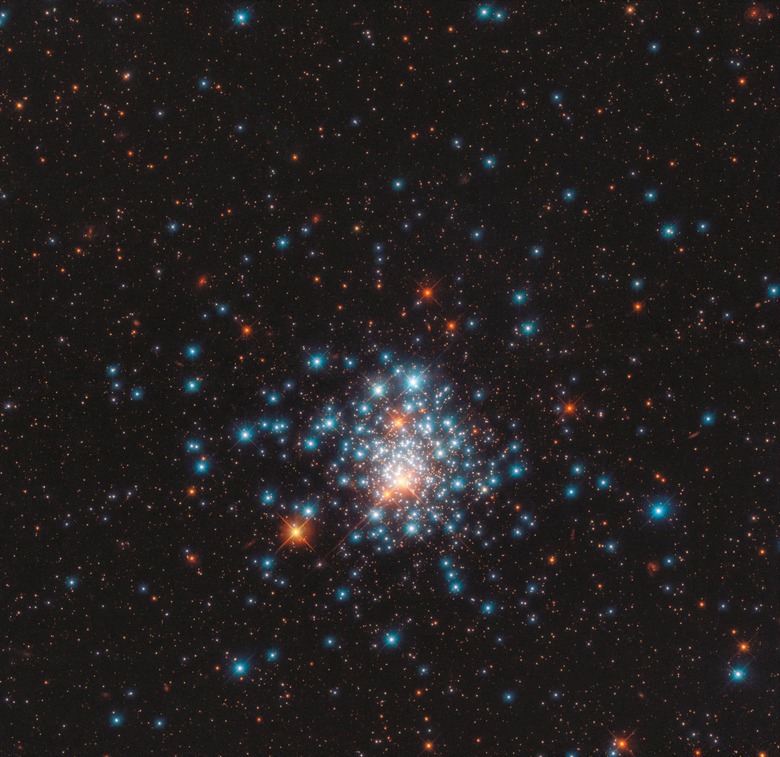Hubble Snaps Stunning Image With Thousands Of Multi-Colored Stars
NASA's aging Hubble Space Telescope has snapped an image showing 'a pocketful of stars,' according to the space agency — a cluster of the universe packed full of thousands of stars with different colors. The stars range in size from quite small to very large, painting a colorful picture of celestial bodies located so closely together that they've likely crowded out any hope of surrounding planet systems.
The aging Hubble Space Telescope has been orbiting around Earth for decades, capturing stunning observations of the universe around us. Though it is near the end of its life, it still produces notable images, the latest of which has been highlighted by NASA. The photo, which is a composite of many different images, features a globular cluster called NGC 1805.

This cluster is notable because of how close the stars are in proximity to each other — so close, in fact, that NASA says planetary systems are 'unlikely' to be found near them. Likewise, Hubble's camera technology enabled it to capture different wavelengths of light, the result being stars that span from pale tan all the way to a striking blue/green hue.
The blue stars show nearly ultraviolet light, whereas the red stars show near-infrared and red light. Ground-based observatories aren't able to observe most of the ultraviolet light because it is absorbed by the atmosphere, making such images unique to space-based telescopes like Hubble, which is above Earth's atmosphere.
NASA explains that the NGC 1805 cluster viewed in this image is unusual because it has two populations of stars that are aged millions of years apart. This differs from typical globular clusters, which usually feature stars that were all 'born' at the same time. The unique nature of the cluster makes observations of it more valuable to scientists.
